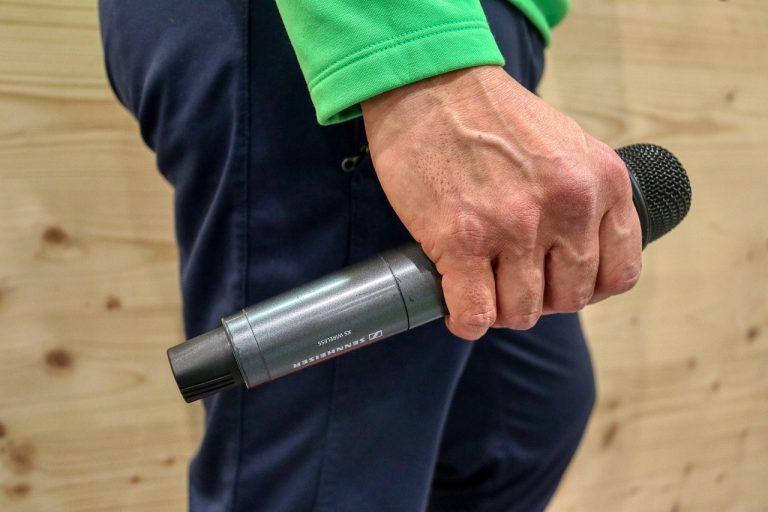Installing an exhaust fan in your home can significantly enhance air quality, reduce humidity, and prevent unpleasant odours. Whether you’re upgrading your kitchen, bathroom, or laundry room, an exhaust fan is an essential addition that improves ventilation and maintains a healthier living environment. Understanding the installation process is crucial, even if you plan to hire a professional, as it allows you to make informed decisions and ensure the work meets your expectations.
Before diving into the installation process, it’s vital to select the right exhaust fan for your needs. Consider the size of the room, the fan’s airflow capacity, measured in cubic metres per hour (m³/h), and its noise level. A suitable exhaust fan should efficiently ventilate the space without being too loud or intrusive. Additionally, decide whether you need a ceiling-mounted, wall-mounted, or window-mounted fan based on the room’s layout.
Once you have chosen the appropriate fan, prepare the necessary tools and equipment. You will need a power drill, screws, a screwdriver, a saw for cutting through drywall if required, and electrical wiring supplies. Safety gear, such as goggles and gloves, is also recommended to protect yourself during the installation process.
Begin by marking the spot where the exhaust fan will be installed. If you are replacing an existing fan, this step will be straightforward. However, if you are installing a new fan, make sure to choose a location that allows the fan to vent air effectively to the outside. If you are not comfortable working with electrical components, it is advisable to consult a professional electrician to handle the wiring.
After marking the location, cut a hole in the ceiling or wall where the fan will be mounted. Be cautious to avoid any existing electrical wires or plumbing. Once the hole is prepared, secure the fan housing in place with screws. Ensure it is tightly fitted to prevent any air leaks.
Next, it’s time to connect the electrical wires. Typically, this involves matching the fan’s wires with those in your home according to colour coding: black for live, white for neutral, and green or bare for ground. Carefully follow the manufacturer’s instructions and use wire nuts to secure the connections. If you’re uncertain about any step, hiring a professional can ensure safety and compliance with local regulations.
Once the wiring is complete, attach the fan cover and test the fan to ensure it is functioning correctly. The fan should operate smoothly with no unusual noises or vibrations. If you encounter any issues, double-check your connections and consult the installation manual.
Finally, consider the aesthetic integration of the exhaust fan in your space. Many modern fans come with stylish covers that blend seamlessly with various interior designs. By choosing an exhaust fan that complements your room’s décor, you not only improve functionality but also enhance the overall appearance of your home.
For those seeking professional help, consider hiring experts in exhaust fan installation. They can ensure a seamless process, from selecting the right model to the final installation, saving you time and potential headaches.
In conclusion, installing an exhaust fan is a worthwhile investment for any homeowner. Not only does it improve air quality and comfort, but it also helps maintain the structural integrity of your home by reducing humidity and preventing mould growth. If you need further information or professional assistance, visit this home improvement resource for expert advice and services.








